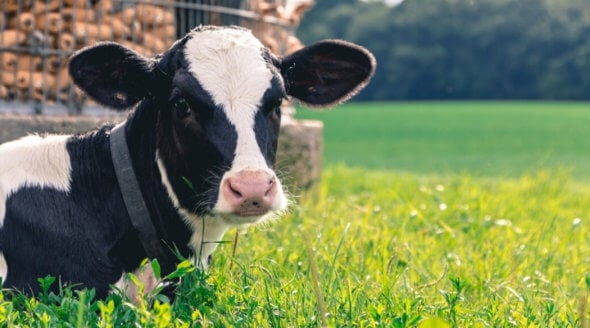Exotic Skins
Some people show no scruples when it comes to turning living animals into sinister-looking accessories, from crocodiles, alligators and snakes to the skins of “novelty” animals, such as ostriches, stingrays and sharks.
These animals may be poached from the wild or raised on squalid farms and killed in the most gruesome and painful ways before being imported to Europe and used by “luxury” brands. Reptiles, just like mammals, are sensitive to pain, yet they are frequently mutilated without any prior stunning or painkillers.

Cold-Blooded Cruelty
Snakes are commonly nailed to trees, and their bodies are cut open from one end to the other as they are skinned alive because of the belief that live-flaying keeps their skins supple. Their mutilated bodies are then discarded, but because of their slow metabolism, it can take hours or days for the snakes to die. In some countries, pythons are killed by suffocation: their mouths and anuses are sealed with rubber bands, and they are pumped full of air or water. It can take up to 30 minutes for them to die.
Lizards are often decapitated, but some writhe in agony as the skin is ripped from their bodies. Most alligator skins come from farmed animals who are raised in crowded tanks or pools of fetid, stinking water. The animals are shot or crudely bludgeoned with hammers. Workers sometimes use a mallet and chisel to sever crocodiles’ spinal cords—which paralyses, but does not kill, them.
PETA US conducted an eyewitness investigation into the exotic-skins trade and found live reptiles sawed open and left to bleed to death on farms that supply skins to luxury brand Hermès. This is the harrowing video:
“There is no scientific question as to whether alligators are capable of feeling pain and sensitivity to stress—they are.”
– Dr. Clifford Warwick, reptile biology and welfare specialist
 Kangaroos are slaughtered by the millions every year, and their skins are often used for football boots. Although the Australian government requires that hunters shoot the animals, orphaned joeys and wounded adults are, according to the government, to be decapitated or hit sharply on the head “to destroy the brain”.
Kangaroos are slaughtered by the millions every year, and their skins are often used for football boots. Although the Australian government requires that hunters shoot the animals, orphaned joeys and wounded adults are, according to the government, to be decapitated or hit sharply on the head “to destroy the brain”.
Eels‘ necks are cut, and then they are gutted, skinned and decapitated – a process that often causes a prolonged and agonisingly painful death. Stingrays are commonly killed by having a spear stabbed into their heads. Alligators and crocodiles are slaughtered using the nape-stab method, which is supposed to sever the spinal cord. However, inaccuracy often means that the animals must endure up to eight blows, leading to a slow and painful death.
Black Market Goods
 The illegal trade in exotic skins is rampant, with fraud, poor regulation, mislabelling and a lack of transparency found throughout the supply chain. For example, an estimated US $1 billion worth of python skins are imported into Europe illegally each year.
The illegal trade in exotic skins is rampant, with fraud, poor regulation, mislabelling and a lack of transparency found throughout the supply chain. For example, an estimated US $1 billion worth of python skins are imported into Europe illegally each year.
In addition, many of the millions of reptiles whose skins are exported from Southeast Asia each year belong to endangered species, whose numbers are drastically dwindling in the wild.
There are few laws to protect reptiles from abuse, and those that do exist are often not enforced. For example, although animals such as anacondas and crocodiles are covered by Convention on International Trade of Endangered Species regulations, it’s estimated that for every animal who is legally killed for the exotic skins trade, another will be illegally poached. This heartless industry is also extremely wasteful: it can take the skins of four crocodiles to make a single bag.
What You Can Do
- Shop compassionately. Top designers and retailers, including Stella McCartney, Topshop, Vivienne Westwood, Adidas, Alexa Chung, Temperley London, H&M and Roland Mouret have vowed to steer clear of exotic skins. Please join them by always choosing fake snake, mock croc and other animal-friendly options.
- Speak out whenever you see exotic skins on sale.
- Share info about the cruel exotic-skins trade with family and friends to help them make informed, kind choices, too.

